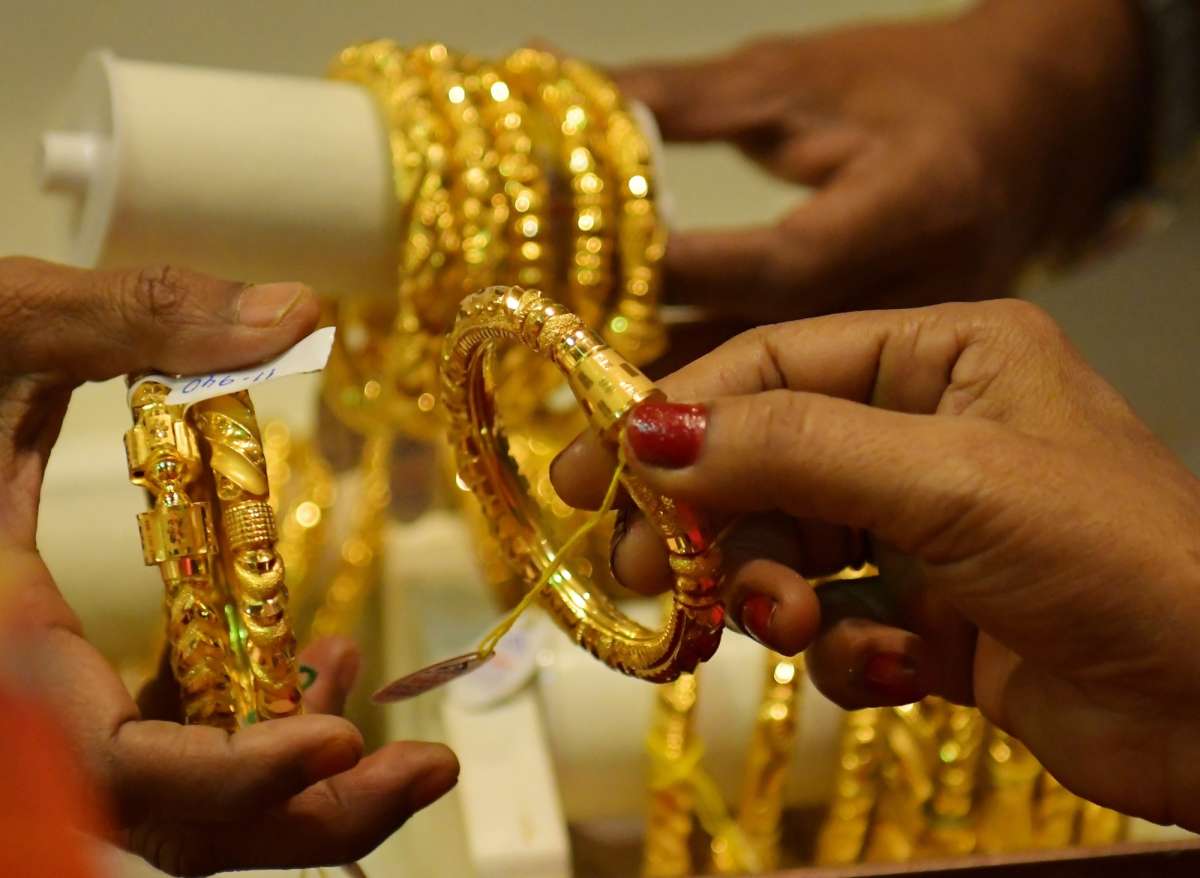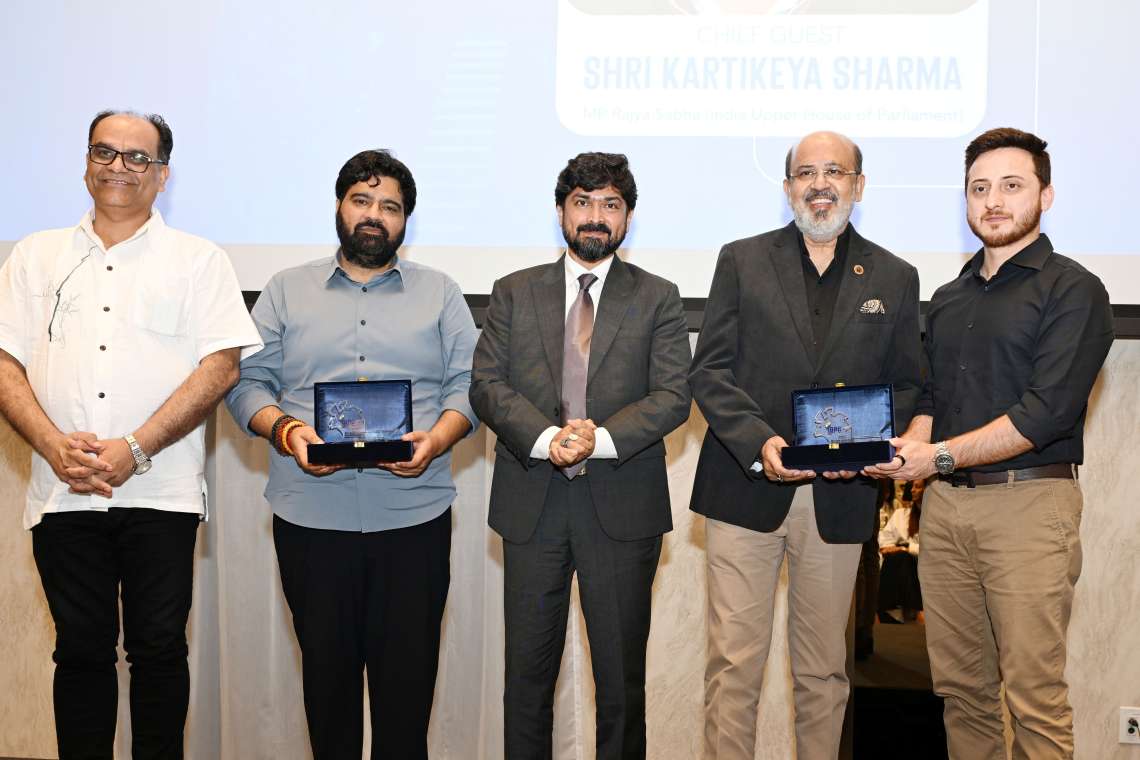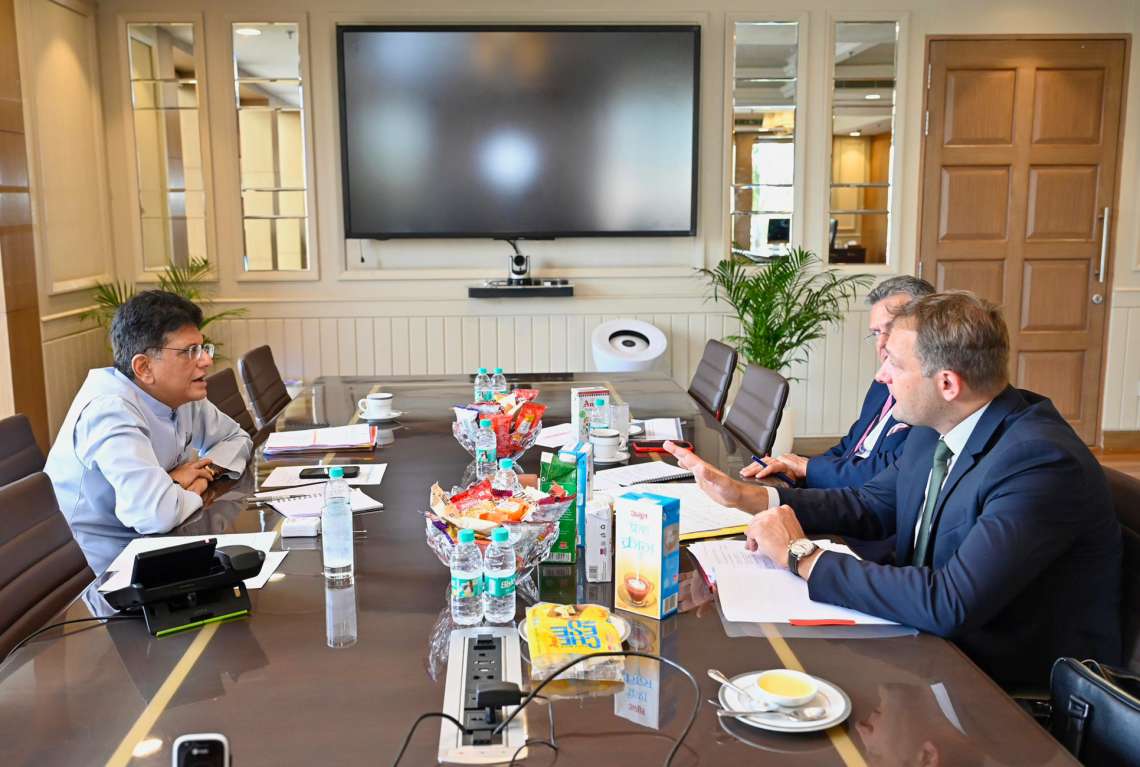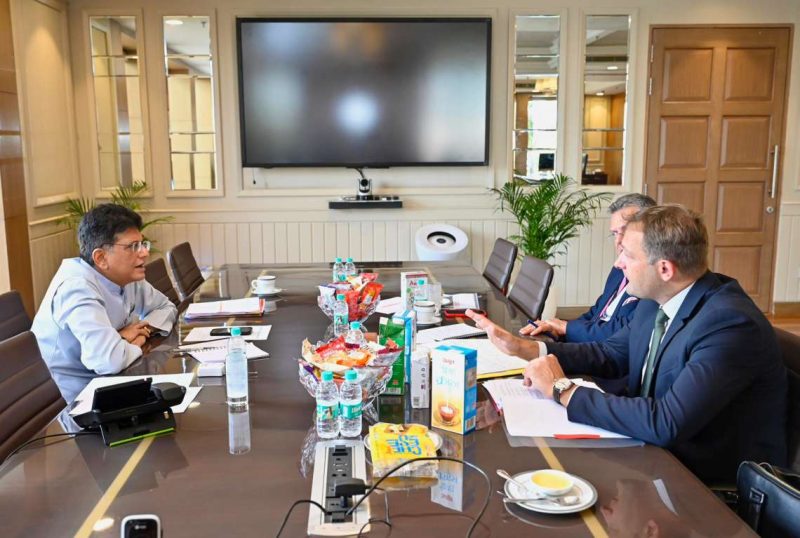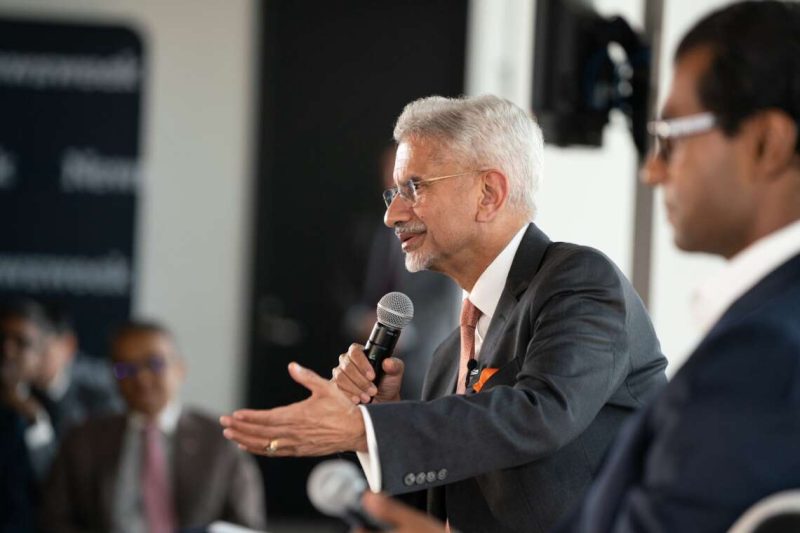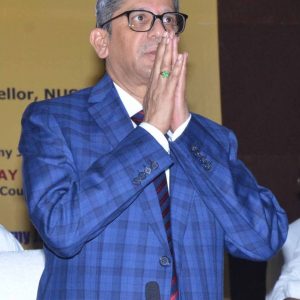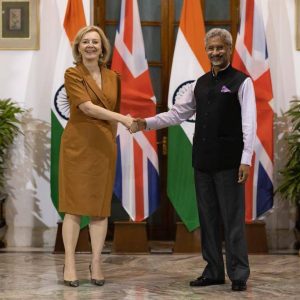India, now crowned as the most populous nation globally, holds a trump card in its youthful demographic structure…reports Asian Lite News
In a captivating economic narrative, India’s gold market finds itself at a pivotal juncture, delicately manoeuvring through the interplay of age-old traditions and modern financial evolution.
An in-depth econometric analysis sheds light on the intricate web of factors influencing the dynamics of one of the world’s largest gold-consuming nations.
India, now crowned as the most populous nation globally, holds a trump card in its youthful demographic structure. With a median age of 27, the country anticipates significant economic benefits, driven by a working-age population set to grow by approximately 7 million annually until 2041.
This demographic dividend lays the foundation for robust economic expansion, rising incomes, and a burgeoning middle class, all of which serve as catalysts for increased gold demand.
The intricate dance of India’s demographic dynamics, coupled with socio-economic factors, is unfolding against the backdrop of a long-term projection by the International Monetary Fund (IMF), foreseeing a 23 per cent per capita GDP growth between 2022 and 2026.
This growth projection fuels optimism about the country’s economic trajectory, further solidifying the foundation for potential growth in gold demand.
To unravel the complexities of India’s gold market, an econometric model takes centre stage. Drawing on three decades of data from 1990 to 2020, this model deciphers the complex relationship between income, gold prices, and government policies.

The findings reveal that, on the long-term horizon, rising income plays the most substantial role in driving gold demand.
A 1 per cent increase in gross national income per capita corresponds to a 0.9 per cent rise in gold demand, showcasing the profound impact of economic prosperity on the nation’s affinity for gold.
While the long-term trends paint a positive picture, the short-term landscape is characterized by volatility and diverse influences.
Inflation, sharp changes in gold prices, tax regimes, and even climatic factors like excess rainfall all contribute to the nuanced dance of India’s gold market.
Market participants find themselves navigating through this intricate web of factors, making cautious decisions in response to short-term fluctuations.
India’s gold preferences reveal a stark dichotomy between rural and urban landscapes. While rural areas exhibit a strong affinity for gold jewellery as both an investment and adornment, city dwellers lean towards gold bars and coins for investment purposes.
The changing dynamics in the rural economy, coupled with government measures to boost incomes, add layers of complexity to gold consumption patterns.
In recent years, the rural economy has faced challenges, with annual growth in nominal monthly rural wages averaging just 4.6 per cent from 2014 to 2020.
Adjusted for rural Consumer Price Index (CPI), real wages actually declined, reflecting persistent weakness in wholesale food prices.
However, the government’s initiatives in 2016 to double farmers’ income, along with policies to boost non-farming rural incomes, signify a concerted effort to address these challenges and potentially stimulate demand for gold in rural areas.
Despite India’s impressive economic growth, challenges have emerged on the horizon. A declining savings rate, increased consumer spending on non-gold goods, and growing financial inclusion present formidable obstacles.
Equities and alternative investment avenues are vying for attention, challenging gold’s historical role as the preferred wealth-preservation asset.
The need for trust-building measures, education, awareness, and innovation becomes paramount to maintain gold’s relevance in the evolving financial landscape.
The global pandemic has left an indelible mark on India’s gold market. Disruptions in recycling volumes, altered jewellery demand, and reshaped investment patterns reflect the market’s adaptability in the face of unprecedented challenges.
As the economy rebounds, rural resilience and a post-pandemic environment play pivotal roles in determining the trajectory of gold demand.
India’s gold market faces a dichotomy of positive structural factors and challenges. While the demographic dividend, urbanization, and economic expansion contribute to a positive outlook, changing savings patterns, financial inclusion, and potential policy impacts pose challenges.
The industry’s response, characterized by transparency, innovation, and adaptability, will determine India’s stance on the global gold stage.
India’s gold market awaits a harmonious evolution in the years to come. As the country navigates the intricate path of economic growth, the gold market remains a symbol of resilience, adapting to changing times while holding onto its cultural and economic significance. (ANI)
ALSO READ: Gujarat on Tesla’s Radar


